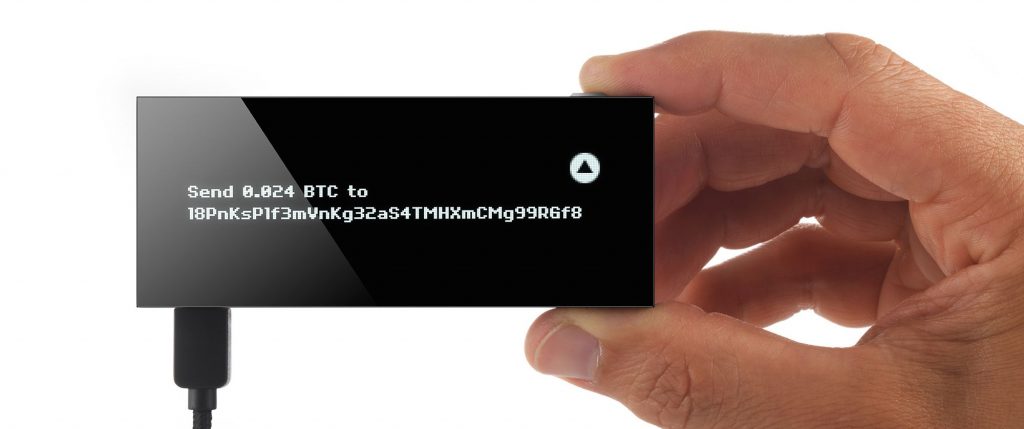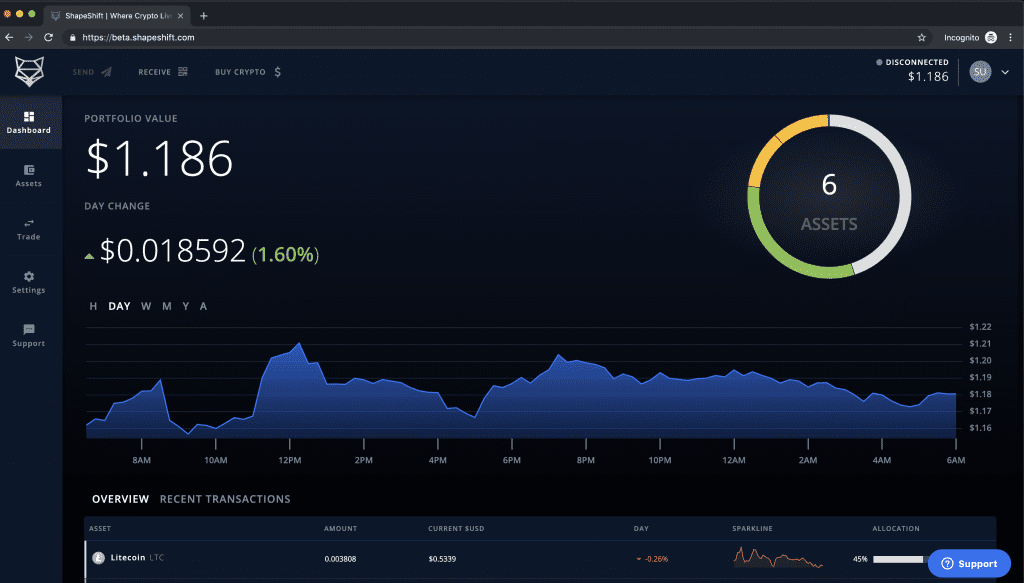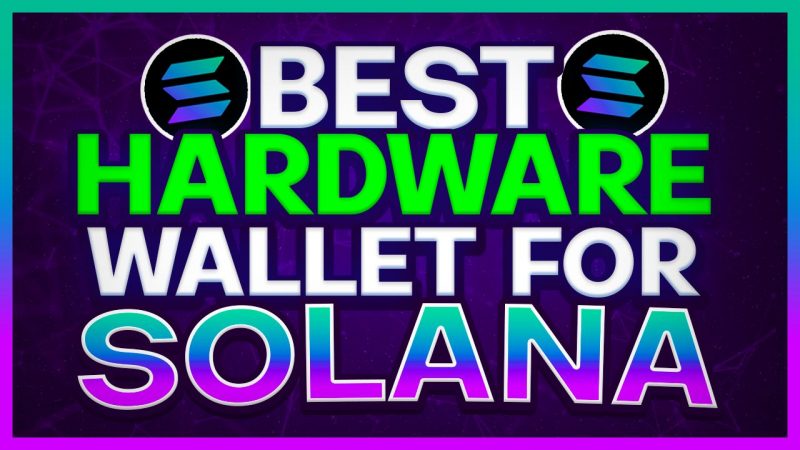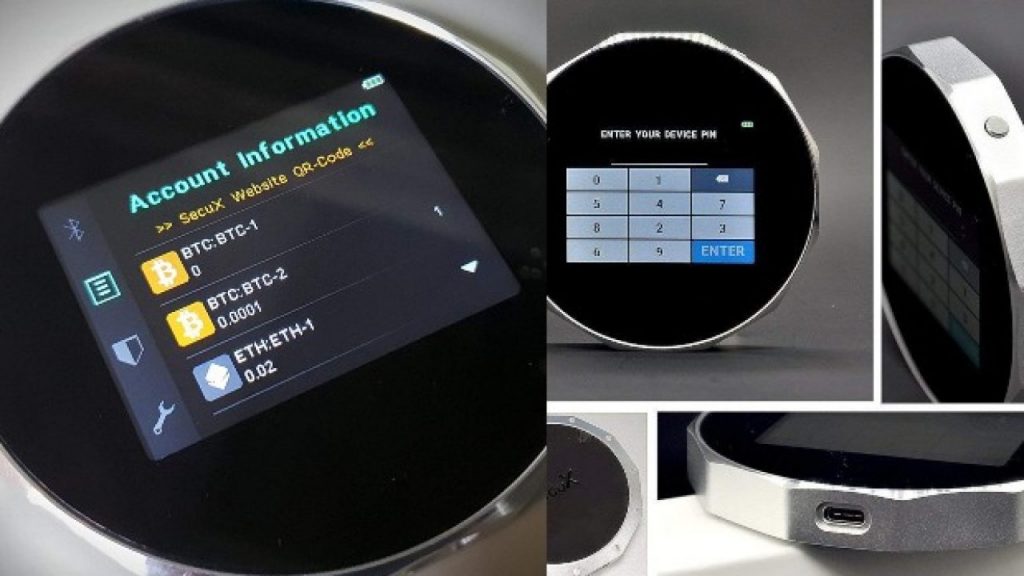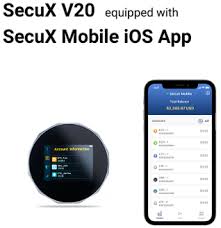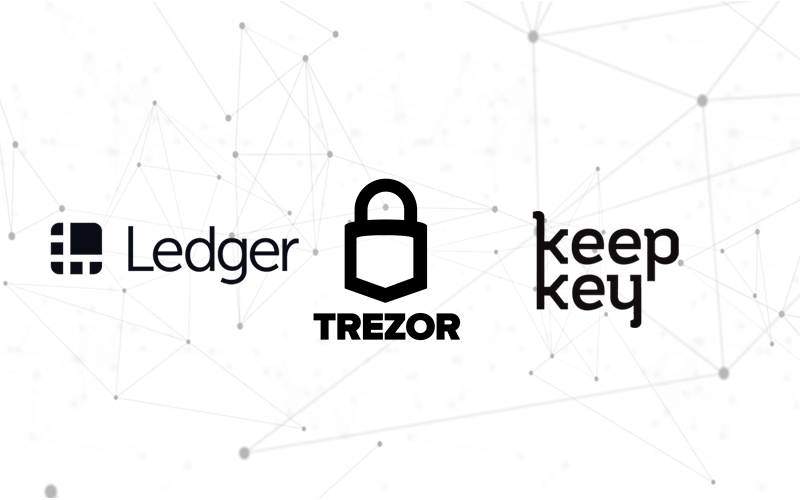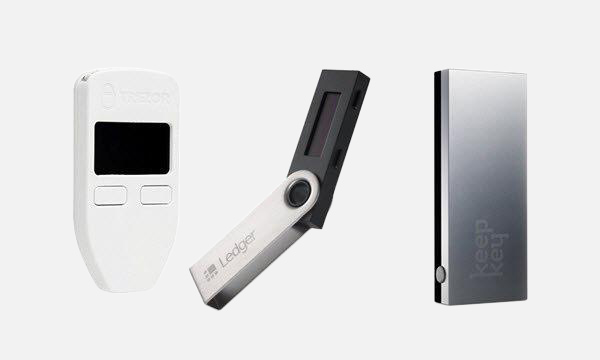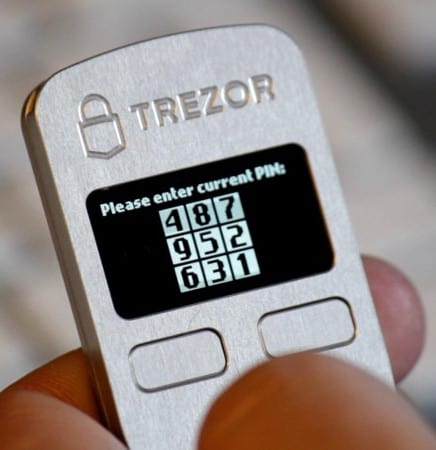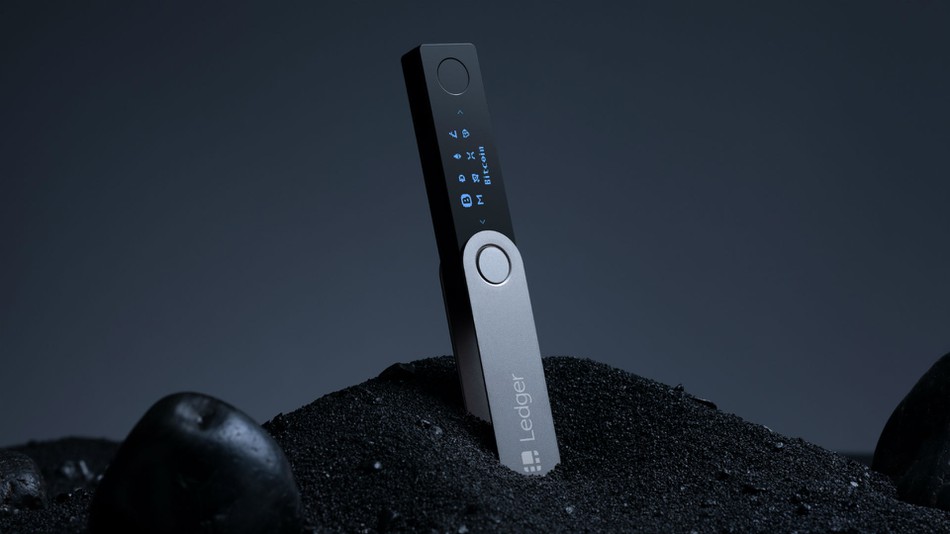SafePal vs KeepKey! In this comparison, we are going to do a head-to-head of two of the most competitive and popular new cryptocurrency hardware wallets in this edition of the hardware wallet roundups.
I am going to dive into which of these hardware wallets is better and more secure. How big is your portfolio? Do you need mobile AND desktop support? Do you use any 3rd party wallets for integration? Do you need web-based access instead of a required download?
These are all questions you will need to consider when deciding which of these wallets will be best for you. At the end of the day, the coin support is one of the most important factors (besides security) when deciding which hardware wallet is best for you.
Ultimately, if it doesn’t support the coins you want to store offline, it won’t work for your particular situation. So keep that in mind as we dive into what I consider to be the most important factors when making such an important decision, such as choosing a cryptocurrency hardware wallet.
KeepKey: Overview
KeepKey has been one of my absolute favorite hardware wallets to use in 2019. I was asked to test and report back issues with the ShapeShift beta that was a complete overhaul and utilized the KeepKey as it’s cornerstone of promoting keeping possession of your private keys under your control while you conduct trades, which has never been done before.
It was an ambitious goal, but they pulled it off in spades, and as a result it resulted in one of the best user experiences while using a hardware wallet I’ve ever encountered. It was quick, safe, and makes it easier than ever to manage your assets, portfolio, and trades all while keeping all your keys on a hardware wallet and never forfeiting custody. This is truly a game-changer and will pave the way for future hardware wallets moving into the next decade.
Let’s find out why below!
KeepKey: Security
KeepKey has a true random number generator (TRNG) for it’s PIN interface for extra physical security. In addition to offline storage, KeepKey’s PIN code and number randomization makes sure that
1) Your wallet is secure from physical theft.
2) That a hacker couldn’t steal bitcoins from your wallet with malware.
KeepKey is an HD wallet, meaning your entire wallet can be backed up with the 12 words generated on setup. 12 words is the default setting, although KeepKey supports seed lengths of 18 and 24.
The seed is generated using entropy from both the device itself and the computer used for setup. The seed is generated offline on the KeepKey and displayed on the device’s screen. The device’s offline screen makes sure the seed is never displayed on an internet-connected device.
KeepKey: User Experience (UX)
This is a complete overhaul that includes all of their services including: Instant Trades, Real-Time Market Data via CoinCap, In-App Crypto Purchases, and KeepKey Integration. That last part is of particular interest to me because I’ve wanted to find a way to execute purchases and trades while having my KeepKey connected, while ensuring that my private keys are protected throughout the entire process.
This is a very important detail, especially if you want to make purchases online with that extra protection and also ensure that my private keys are never compromised in a trade. This truly is the ultimate non-custodial hardware wallet solution. Here’s a few screenshots and user flows based on my experience using this web app.
KeepKey: Coin Support
Natively, this wallet in the current beta form supports over 40 assets with more on the way! Here is a current list of assets that are supported right now. Now let’s get into the nitty-gritty. For years, KeepKey only supported: Bitcoin, Litecoin, Ethereum, Namecoin, Dogecoin, and Dash. For a hardware wallet that needs to compete in this market place, that needed a serious upgrade.
Luckily, they have been making some AMAZING changes and not only added a ton of ERC-20 Support, but more importantly, they are revamping their entire platform to have one fluid, seamless application that integrates all of their core services (See my previous post for details on this). This is extremely powerful, and a decision that I believe will catapult them ahead of the competition. They are currently in a closed beta, and it is expected that they will be releasing this later in 2019. Stay tuned for news on this.
Some of the notable coins that have been added are:
-Chainlink (LINK)
-DigixDAO (DGD)
-Binance Coin (BNB)
-Dai (DAI)
-Maker (MKR)
-TrueUSD (TUSD)
SafePal: Overview
This device was originally created by Binance Labs division and wanted to have a unique approach to a hardware wallet that was cheap enough for the average user, but also supported the Binance chain and added support for their internal projects. This really is a unique entry level hardware wallet, that greatly differs in terms of design, functionality, and overall user experience.
SafePal: Security
This can be considered one of the most attractive features of the device as it’s only $39.99 for this hardware wallet. Yes, you read that right. But why is it so cheap? Well, even though it looks like a very sleek and expensive device, its is made of plastic coating and a very small camera module that is used to transact at a very low resolution.l It’s obvious that they built this as cheaply as they could, while still remaining secure.
This is not necessarily a bad thing, but you also get what you pay for. One of the key features that sets this device apart from most other competing hardware wallets is the fact that there is NO:
- NFC
- BLUETOOTH
- USB
- CELLULAR
- EXTERNAL DEVICE CONNECTIONS
This gives it extra security, but it also makes it easier to use, as there are no extra devices necessary for this to operate, other than your smartphone. All you need right out of the box is a charger that supports USB-A to charge the device and a smartphone to download the Safepal App to setup and initialize the device.
SafePal: User Experience (UX)
This is the cheapest completely wireless hardware wallet on the market. It interacts only with your smartphone and the camera embedded into the device that allows you to transmit encrypted data via the QR code. This is truly a unique device.
This is a pretty solid introductory hardware wallet. It’s unique from it’s direct competitors and its simple and easy to use. As mentioned above, it has no connection weaknesses and cannot be hacked by any radio frequency or directly connected internet device. It’s truly a unique wireless hardware wallet that can be used on the go and is one of only a few hardware wallets that are “truly wireless” with no dependence on other devices. Oh, and did I mentioned it’s under $40?
SafePal: Coin Support
This is the one weak point of this product is the lack of coin support, as it only supports: Bitcoin, Ether (and ERC-20 Tokens), BNB, Litecoin, Dash, and Bitcoin Cash. However, they have mentioned that there is Ripple (XRP) and Tron (TRX) coming very shortly. They truly are attempting to add more coins, and over time, if they don’t raise their price, this option will be a slam dunk for most users.
Additionally, I will add that the Binance Chain Coins (BEP2) tokens are also supported as this is a Binance hardware wallet after all. Below Is a full list of coins currently supported.
SafePal vs KeepKey: Conclusion
Overall, these are two of the cheapest (as of this writing) hardware wallets you can get right now, with quality security propositions. With the KeepKey, you can for the first time trade your crypto non-custodially and manage your portfolio without ever handing over your private keys. This is the first of its kind.
With the SafePal, you are 100% air-gapped and there is no way to intercept the transmission, because there are no signals. Because everything is transmitted through QR codes, you know that you’re completely off the grid.
In the end, it really depends on what your crypto goals are. If you are someone who likes to trade, I would go with the KeepKey, hands down. Being able to trade and manage your portfolio while maintaining full possession of your private keys is extremely compelling.
If you only want to hold, say, BTC, LTC, and ETH, I would go with the SafePal. It’s simple to use with a mobile device and you don’t have to worry about ever mistyping a wallet address, as the QR code ensures that you never miss a beat when transacting. If I had to choose, I’d still go with KeepKey. Even though it’s not wireless, it provides a full portfolio management platform that covers all the bases for any seasoned or new crypto user.
What do you think? Would you choose the BC VAULT over the D’CENT Wallet? Let us know down below in the comments!
Cheers,
The Crypto Renegade
NOTE: This post may contain affiliate links. This adds no cost to you but it helps me focus on giving as much value as possible in every single post by being compensated for recommending products that help people succeed.

